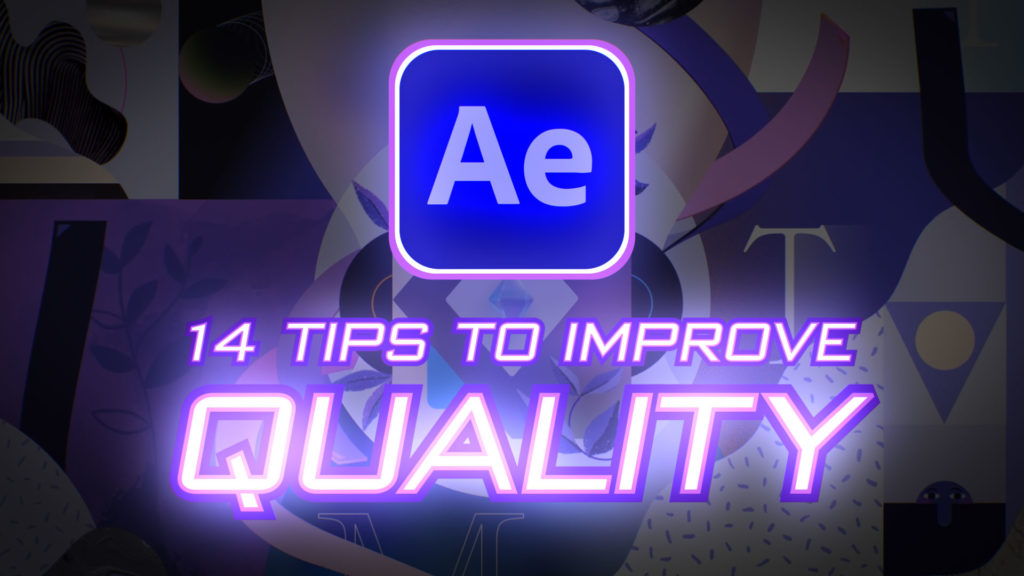Quality is a tricky subject, covering everything from technical specifications, client expectations and budgetary restrictions, through to subjective opinions and people who don’t have any taste. Above all, no-one wants their work to be described as “low quality” – but the concept of “quality” has such a wide scope that there’s plenty of room for confusion, ambiguity, and lots of resentment.
This video has been on my to-do list for many years, originally inspired by a client who demanded that their project was delivered as an uncompressed TIFF sequence – because some Google searching had suggested it was the only truly uncompressed format. While I’ve covered the topic of codecs, compression and so-on before, the point of this article is that the notion of “quality” extends far beyond the type of codec used. I still come across people who think that using a JPEG file is inconceivably awful, while remaining blissfully ignorant of topics such as bit depth, high-dynamic range and so on.
The thorny issue of “Quality” is definitely not restricted to After Effects users – but even in our broader industry it’s common to see cameras judged by their resolution with no regard paid to the lenses used, or how well a scene is lit. Even more generally again, there are countless films and series which look gorgeous but are let down by bad writing and possibly bad acting too.
Within After Effects itself, there are many small details and overlooked settings which can have a bigger effect on the “quality” of the final render, than simply choosing which codec you’re rendering too. This video demonstrates 14 tips to help your After Effects projects look as good as they can.
Links!
Several of the tips listed above are examined in much more detail in my other articles. Here’s a bunch of links if you’d like to dive in further:
My series on advanced chromakey can be found here.
More in-depth details on using R3D files and OpenColorIO can be found here.
The article on improving quality by swapping channels can be found here.
And my thoughts on codecs, and why I use EXRs with DWA compression, can be found here.
If you’ve found this video useful, please check out my other After Effects articles.

